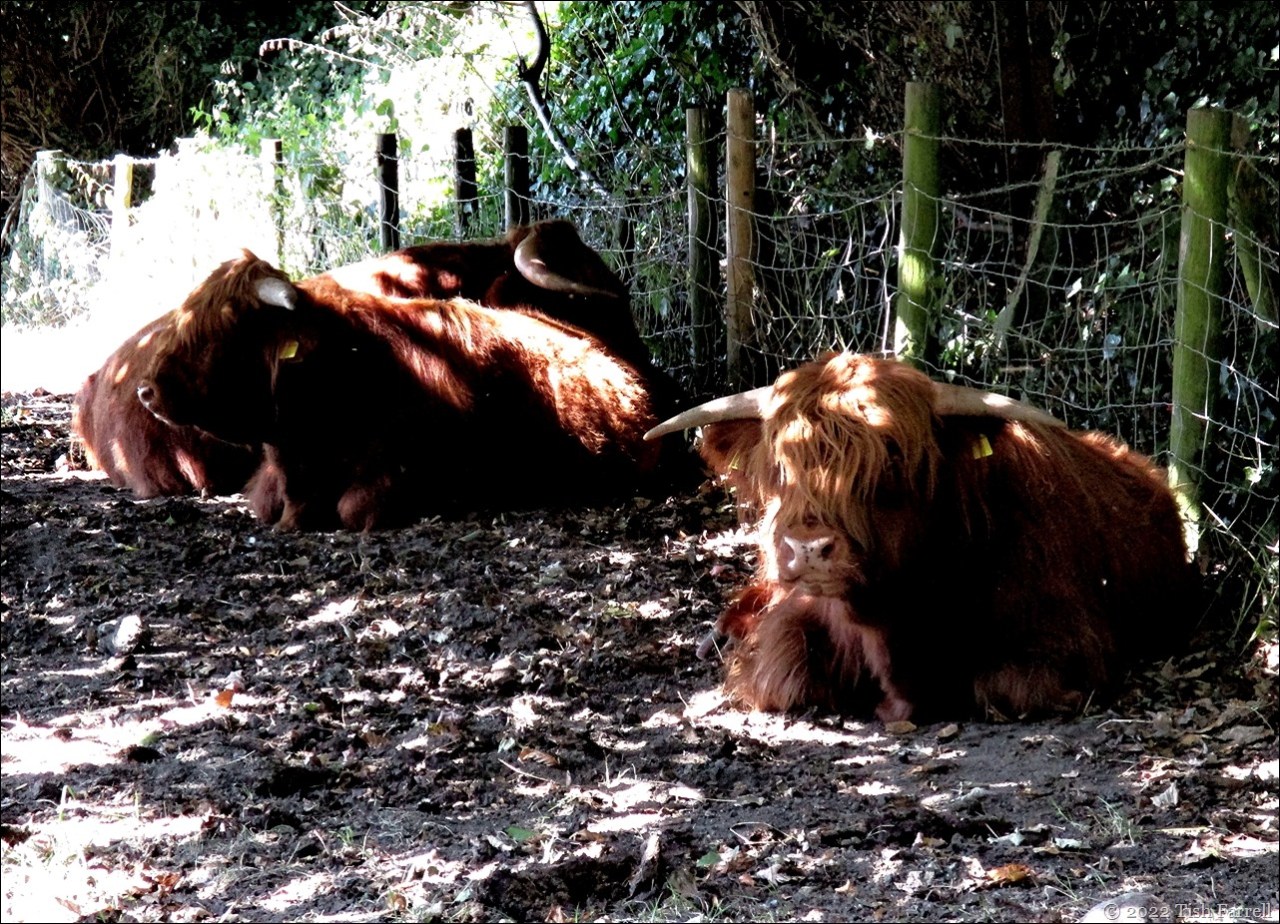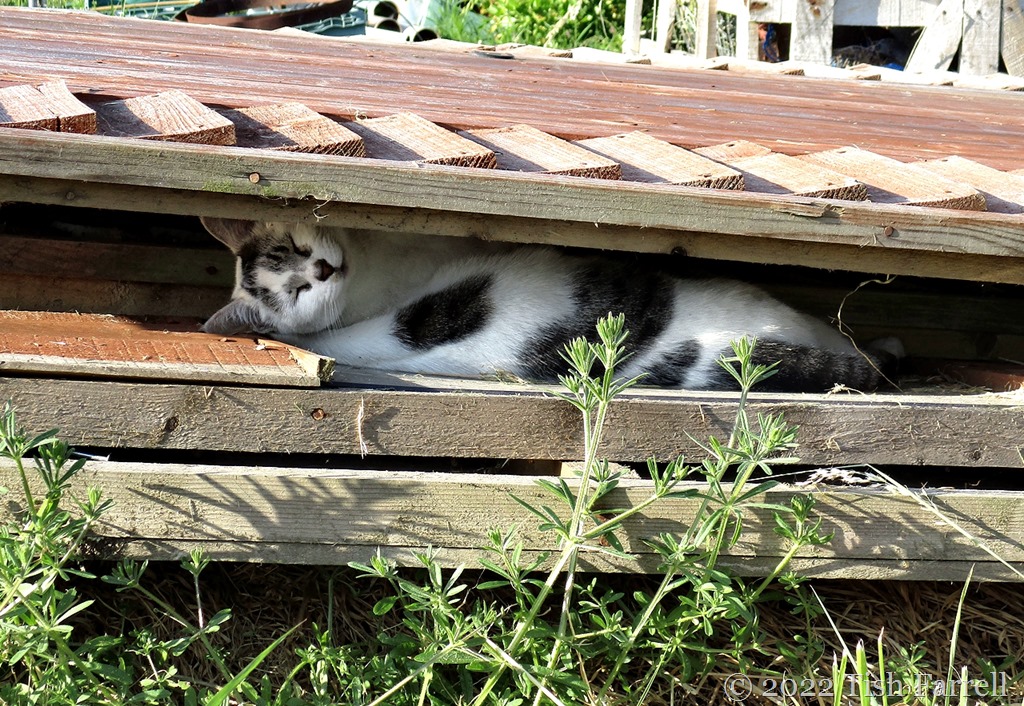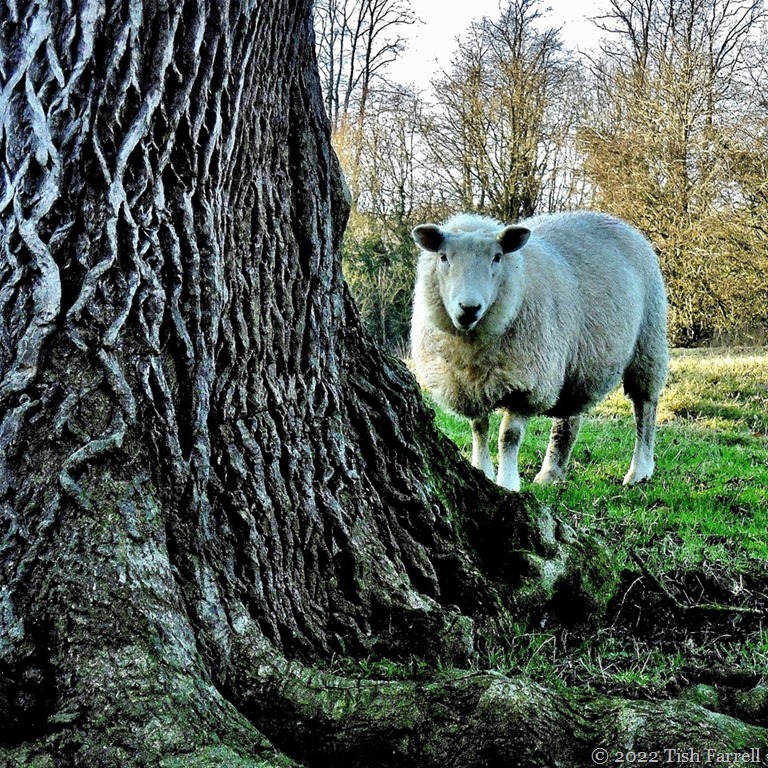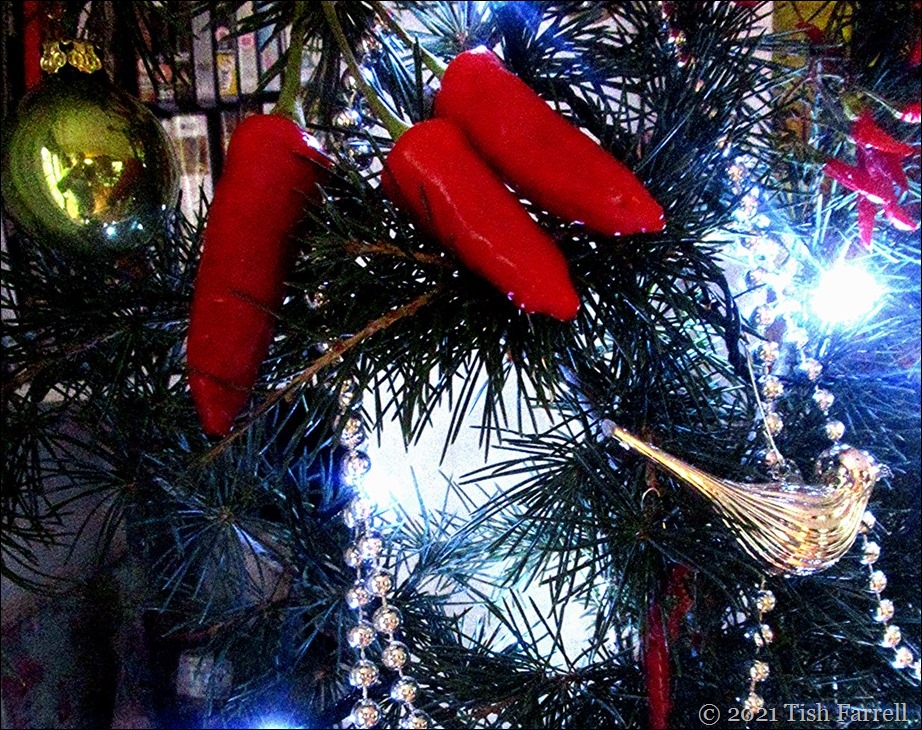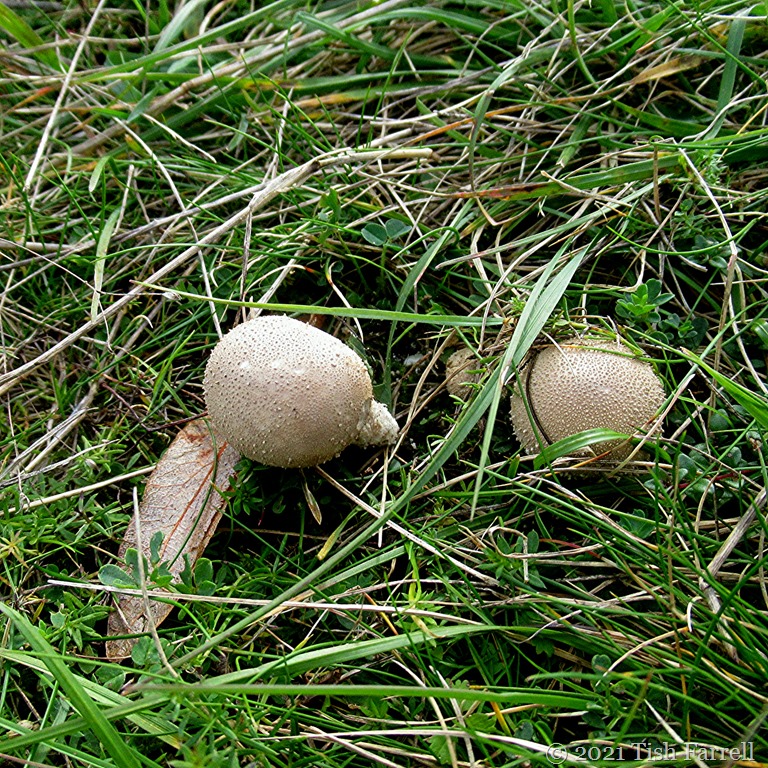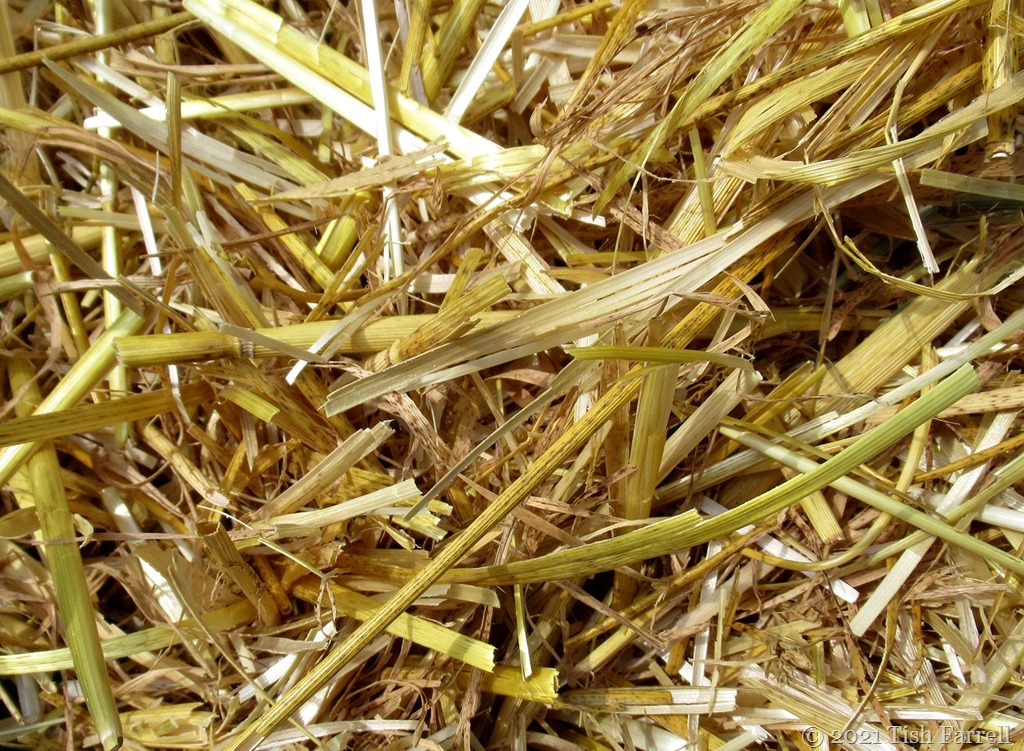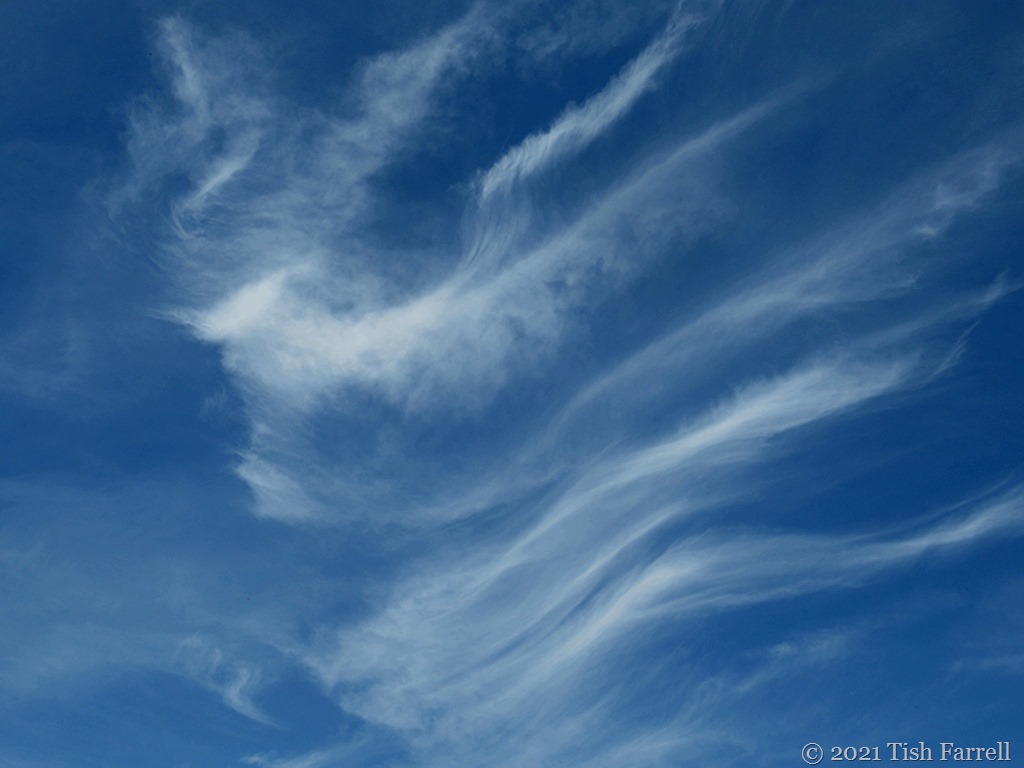
Sunshine yesterday after days of rain and general dankness, so we took ourselves off for a short walk up Windmill Hill. It was ages since we were last there – probably July when the pyramidal orchids were still in full bloom and there were drifts of yellow ladies bedstraw amongst the meadow grasses. Now the hill’s plateau top where the Windmill stands has been mown. It is practically a grassy sward up there.
And the reason for the mowing is that the kind Windmill Trust people, who are caring for the place, are trying to ensure the wellbeing of the old limestone meadow. In the recent past it was grazed over the autumn and winter months by ponies, but having field stock is anyway problematical when it’s such a popular spot for local dog walkers. So mowing it was, and I gather they managed to sell the grass for cattle feed, which all helps to support the Trust’s work.

Anyway, it was as I wandering around on the grassy top that I remembered the wolf farts. They featured in one of my early posts on matters Wenlockian and I hadn’t bothered to look for them since. And the reason I’d looked for them back then was because they cropped up in Guardian newspaper piece by journalist and nature writer of repute, Paul Evans, who happened to live in Much Wenlock.
So: what are wolf farts but the common puffball, Lycoperdon (from the Greek lycos wolf and perdomai to break wind) perlatum (gem-studded). Another name is devil’s snuffbox. My first introduction to them was in winter when they had dried to empty husks, their spores dispersed. The ones in the photos are at most 2.5 cm (a good inch) across.

I later read that squeezing them at the ripe stage was to be avoided. The spores are fine as dust and breathing them in can lead to lycoperdonosis, a life-threatening respiratory condition caused when the spores lodge in the lungs. A very nasty prospect.
But there were no such dangers of evil inhalants from the ones I spotted yesterday (header photo). They were freshly formed. And this reminded me of the recent marvellous foraging essay from Margaret at From Pyrenees to Pennines in which she describes finding “a magnificent puffball weighing in at more than a kilo, which – thickly sliced and dredged first in beaten egg, then breadcrumbs and grated parmesan and fried in butter – made splendidly tasty steaks.” As a fellow forager I was mightily excited by this piece of deliciousness. Somehow, though, I don’t think our tiny Windmill Hill wolf farts will quite come up to snuff on the tasty steak front.

More about the common puffball HERE
Of Wolf Farts, Windmills and the Wenlock Olympics original post
Past Squares #7




